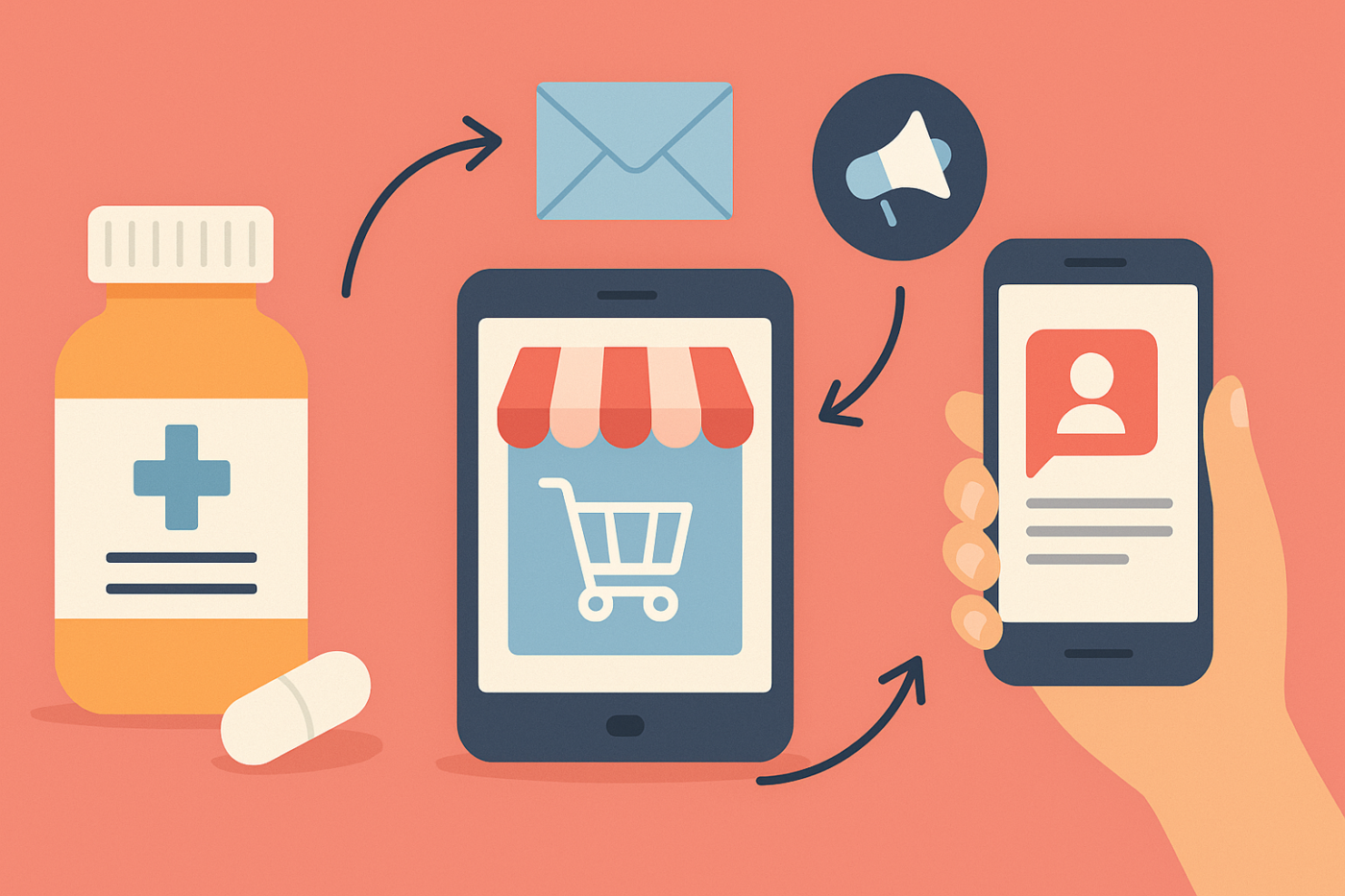Looking for a guide to multichannel marketing in pharma?
Finding good ways to increase your traffic, engagement, and sales can be tough. The most difficult part is that not every channel works in the same way as SMS or email. The targeting options are different, and the messages you can send are shorter than the average tweet.
So, how do you make an impact with your customers? If you don’t have a proper plan around your push notification campaigns, eventually your subscribers will stop clicking on your notifications.
In this article, we’re going to check out a multichannel marketing strategy for pharma companies that has helped multiple small businesses grow.
Sounds good? Let’s dive right into the good stuff.
Send Multichannel Marketing Campaigns Today!
Multichannel marketing campaigns can be a super effective, low-cost way to help you grow your repeat traffic, engagement, and sales on autopilot.
Why Multichannel Marketing in Pharma is Finally Catching Up
Remember when reaching a doctor meant cold-calling their office and hoping to get past the receptionist?
Those days are over.
Healthcare professionals are busier than ever. They’re getting bombarded with information from every direction. And they’re making decisions faster than you can say “clinical trial data.”
If you’re still relying on just email blasts and sales rep visits? You’re missing out on massive opportunities to connect with the healthcare professionals who matter most to your business.
Here’s the thing: multichannel marketing in pharma isn’t just a nice-to-have anymore. It’s become essential for pharmaceutical companies that want to stay competitive in 2025 and beyond.
The numbers don’t lie:
- Healthcare professionals check their phones 150+ times per day
- 73% prefer to receive medical information through multiple channels
- Companies using integrated multichannel strategies see 300% better engagement rates
But here’s where it gets interesting. Most pharma companies are still stuck in single-channel thinking. They’re sending the same generic email to thousands of doctors and wondering why nobody’s responding.
Smart pharmaceutical companies are doing something different. They’re meeting healthcare professionals where they are — on their phones, in their browsers, through push notifications, and yes, still through email. But they’re doing it strategically, with the right message at the right time through the right channel.
And the results speak for themselves:
- 40-60% higher engagement rates
- Faster product adoption
- Stronger relationships with key opinion leaders
- Better compliance with regulatory requirements (yes, really!)
The best part? You don’t need a massive marketing team or unlimited budget to make this work. With the right platform and strategy, even smaller pharma companies can compete with the big players.
That’s exactly what we’re going to show you in this guide.
We’ll walk you through everything you need to know about multichannel marketing in pharma—from understanding the basics to implementing a complete strategy that actually gets results. You’ll learn what’s working right now, what mistakes to avoid, and how to get started without overwhelming your team.
Ready to transform how you connect with healthcare professionals? Let’s dive in.
Omnichannel vs. Multichannel Marketing in Pharma
Let’s clear up some confusion right away.
You’ve probably heard both terms thrown around — multichannel and omnichannel. And if you’re wondering what the difference is, you’re not alone. Even marketing experts sometimes use them interchangeably.
But here’s the thing: the difference matters. Especially in pharma.
Multichannel marketing is like having multiple ways to reach someone. You might send an email, a push notification, and an SMS about the same topic. Each channel works independently. It’s better than using just one channel, but it’s not coordinated.
Omnichannel marketing is like having a conversation that flows seamlessly across different platforms. The email mentions something that the push notification builds on. The SMS ties everything together. Each touchpoint knows about the others and works together toward the same goal.
Think of it this way: multichannel marketing in pharma is like having multiple phone lines. Omnichannel is like having one smartphone that can handle calls, texts, video, and apps—all working together.
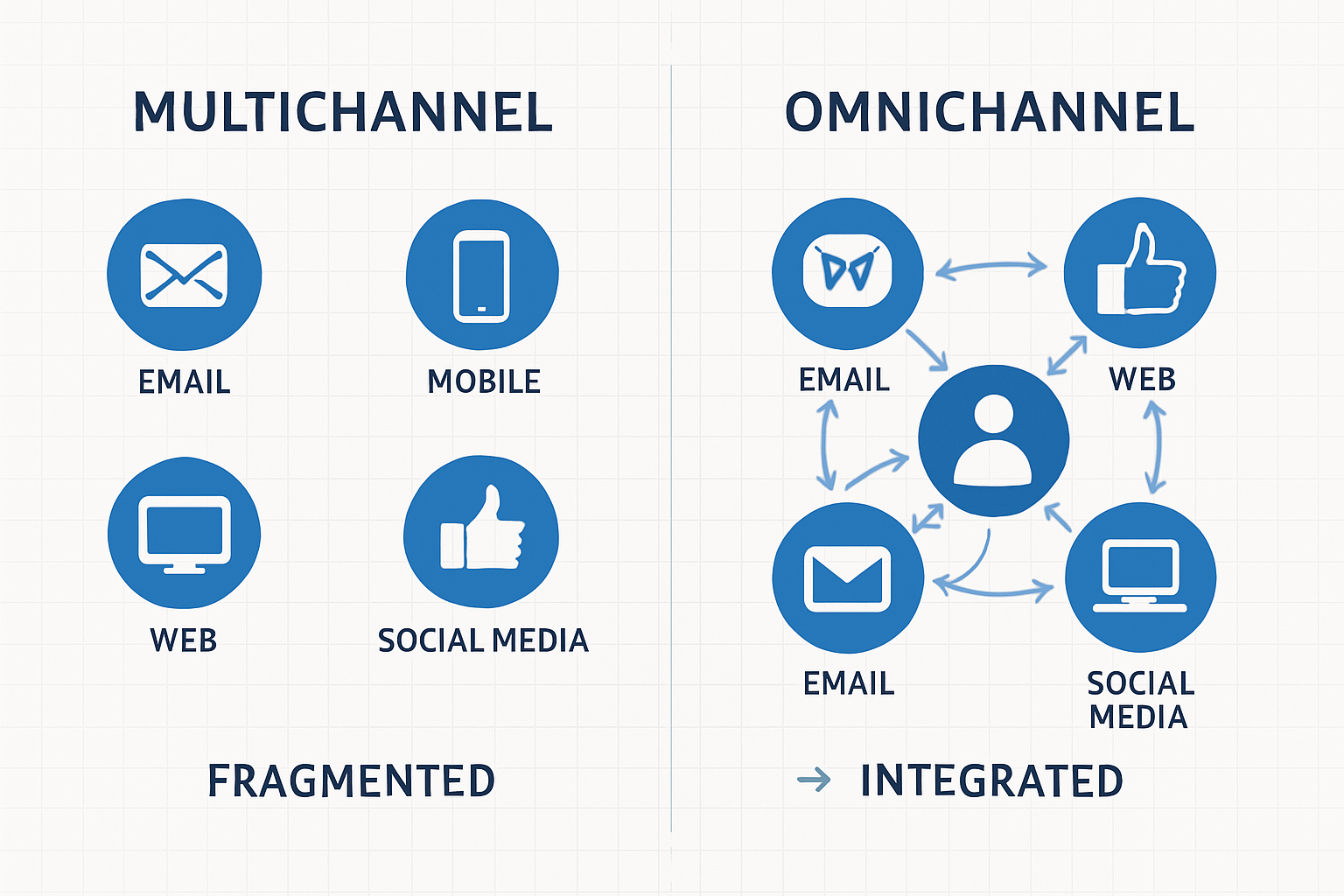
| Aspect | Multichannel Marketing | Omnichannel Marketing |
|---|---|---|
| Strategy | Separate channels operating independently | Unified strategy across all channels |
| Data Integration | Siloed data in each channel | Centralized, shared data across all touchpoints |
| Customer Experience | Fragmented, potentially inconsistent | Seamless, personalized, and consistent |
| Content Management | Channel-specific content creation | Unified content strategy with channel optimization |
| Measurement | Channel-specific metrics | Integrated, cross-channel analytics |
| Compliance | Separate approval processes per channel | Centralized compliance and approval workflows |
| Team Structure | Channel-specific teams | Cross-functional, integrated teams |
| Technology | Multiple, disconnected platforms | Integrated platform ecosystem |
Why Multichannel Marketing in Pharma Even Matters
Healthcare professionals don’t think in channels. They think in problems and solutions.
When a doctor is researching a new treatment option, they might:
- Start by reading an email about clinical trial results
- Click through to download a detailed study
- Get a push notification about a related webinar
- Receive a follow-up SMS with registration details
If these touchpoints don’t connect and build on each other, you’re wasting opportunities. Worse, you might be annoying busy healthcare professionals with disconnected, repetitive messages.
The Evolution Most Pharma Companies Go Through
Most pharmaceutical companies start with single-channel marketing (usually email). Then they add more channels without connecting them. Finally, the smart ones evolve to true omnichannel approaches.
Here’s what that journey typically looks like:
Stage 1: Single Channel (Usually Email)
- Easy to start
- Low cost
- Limited reach and engagement
Stage 2: Multiple Channels (Not Connected)
- Better reach
- Higher costs
- Risk of message conflicts
- Difficult to measure overall impact
Stage 3: Integrated Multichannel
- Coordinated messaging
- Shared data and insights
- Better compliance oversight
- Improved ROI
Stage 4: True Omnichannel
- Seamless healthcare professional experience
- Predictive personalization
- Real-time optimization
- Maximum impact and efficiency
Most pharma companies are stuck somewhere between Stage 2 and Stage 3. The companies that make it to Stage 4 are the ones seeing the biggest results.
Getting Started With Multichannel Marketing in Pharma
Here’s some good news: you don’t have to jump straight to omnichannel. Starting with coordinated multichannel marketing in pharma is a smart first step.
Focus on connecting 2-3 channels well before trying to integrate everything. Email + push notifications + WhatsApp is a great starting combination. Add SMS or in-app messaging once you’ve mastered the basics.
The key is making sure your channels work together instead of against each other. That means:
- Consistent messaging across channels
- Coordinated timing
- Shared data and insights
- Unified compliance processes
Why PushEngage Makes This Easier
One of the biggest challenges with multichannel marketing is managing multiple platforms. You end up with different dashboards, different data formats, and different approval processes.
PushEngage solves this by providing web push notifications, app push notifications, and WhatsApp messaging in one integrated platform.
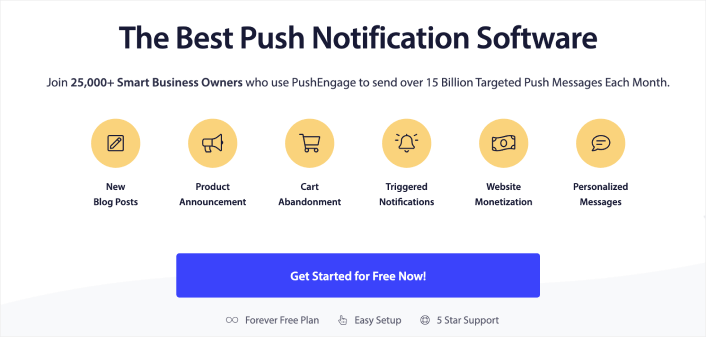
You can create coordinated campaigns, track unified analytics, and manage compliance from a single dashboard.
This means you can start with multichannel marketing in pharma and evolve to omnichannel without switching platforms or losing data.
Pretty smart, right?
The bottom line: whether you call it multichannel or omnichannel, the goal is the same. Create connected, valuable experiences for healthcare professionals that help them make better decisions for their patients.
The Current State of Pharma Marketing in 2025
Let’s talk about where pharma marketing actually stands right now.
Spoiler alert: it’s not where most people think it is.
The Old Stereotype vs. Reality
The stereotype says pharma marketing is stuck in the past. All sales reps and golf course conversations. Boring conferences and generic email blasts.
The reality? Some of the most innovative marketing is happening in pharmaceutical companies right now.
Sure, there are still companies doing things the old way. But the leaders in the industry are embracing digital transformation faster than most other sectors.
Here’s what’s actually happening in 2025:
Digital-First Strategies Are Winning
- 78% of pharma companies now have dedicated digital marketing teams
- Average digital marketing budgets have increased 150% since 2020
- Mobile-first approaches are becoming standard, not optional
Healthcare Professionals Are More Digital Than Ever
- 89% of doctors use smartphones for professional purposes
- 67% prefer digital interactions over in-person meetings for routine information
- Average HCP checks 4-6 different digital channels daily for medical information
Compliance Is Getting Smarter, Not Stricter
- Regulatory bodies are providing clearer digital marketing guidelines
- Automated compliance tools are reducing approval times by 60%
- Risk management is becoming proactive instead of reactive
The Data Revolution
- Real-time analytics are replacing quarterly reports
- Predictive modeling is helping identify the right HCPs to target
- Personalization is moving from “nice to have” to “must have”
But Here’s the Challenge…
Even with all this progress, most pharma companies are still operating with a multichannel mindset that’s more “multiple” than “integrated.”
They’re using email, push notifications, SMS, and web messaging. But these channels often work in silos. Different teams manage different channels. Data doesn’t flow between systems. Messages sometimes conflict with each other.
The Maturity Gap
Industry research shows that pharmaceutical companies fall into four distinct categories when it comes to multichannel marketing maturity:
Beginners (35% of companies)
- Primarily email-based marketing
- Limited data integration
- Manual processes dominate
- Compliance is reactive
Developing (40% of companies)
- Multiple channels in use
- Some automation implemented
- Basic data sharing between systems
- Compliance processes improving
Advanced (20% of companies)
- Integrated multichannel strategies
- Sophisticated automation and personalization
- Real-time data and analytics
- Proactive compliance management
Leaders (5% of companies)
- True omnichannel experiences
- AI-powered personalization
- Predictive analytics and optimization
- Compliance built into every process
What the Leaders Are Doing Differently
The companies in that top 5% aren’t just using more channels. They’re thinking about marketing completely differently.
They Start with the Healthcare Professional Journey
Instead of thinking “What channels should we use?” they ask “What does a doctor need to know, when do they need to know it, and how do they prefer to receive that information?”
They Treat Data as a Strategic Asset
Every interaction generates insights. Every insight informs the next interaction. They’re not just collecting data—they’re using it to create better experiences.
They Build Compliance Into Everything
Compliance isn’t something they think about after creating a campaign. It’s built into their processes, their technology, and their team structure from day one.
They Measure What Matters
They track engagement, yes. But they also measure knowledge transfer, behavior change, and ultimately, patient outcomes. They understand that marketing success in pharma isn’t just about opens and clicks.
The Opportunity Right Now
Here’s why 2025 is such an exciting time for multichannel marketing in pharma:
Technology Has Caught Up
The tools exist to do sophisticated multichannel marketing in pharma without needing a team of developers. Platforms like PushEngage make it possible for even smaller pharma companies to compete with the big players.
Healthcare Professionals Are Ready
Doctors, nurses, and other HCPs have adapted to digital communication faster than anyone expected. They’re not just willing to engage digitally—they prefer it for many types of interactions.
Regulatory Clarity Is Improving
Guidelines are getting clearer. Approval processes are getting faster. The regulatory environment is becoming more supportive of innovation, not less.
Competition Is Still Catching Up
Most of your competitors are still in the “Developing” category. If you can move to “Advanced” or “Leader” status, you’ll have a significant competitive advantage.
The Bottom Line
Multichannel marketing in pharma for 2025 isn’t about choosing between traditional and digital approaches. It’s about creating integrated experiences that serve healthcare professionals better than ever before.
The companies that figure this out first will build stronger relationships, see faster product adoption, and ultimately help more patients get access to the treatments they need.
The question isn’t whether multichannel marketing in pharma works well. The question is: are you ready to do it right?
The Biggest Challenges (And How to Beat Them)
Let’s be honest about something: pharma marketing is harder than most other industries.
You’ve got more rules to follow. Longer sales cycles. More stakeholders are involved in every decision. And if you mess up, it’s not just bad for business—it could impact patient safety.
But here’s what we’ve learned from talking to hundreds of pharmaceutical marketers: the biggest challenges aren’t the ones you’d expect.
Challenge #1: “We Can’t Do That Because of Compliance”
This is the number one thing we hear. And we get it. Compliance is serious business in pharma.
But here’s the thing: compliance doesn’t have to kill creativity or effectiveness. In fact, the most successful pharma marketers we know use compliance as a competitive advantage.
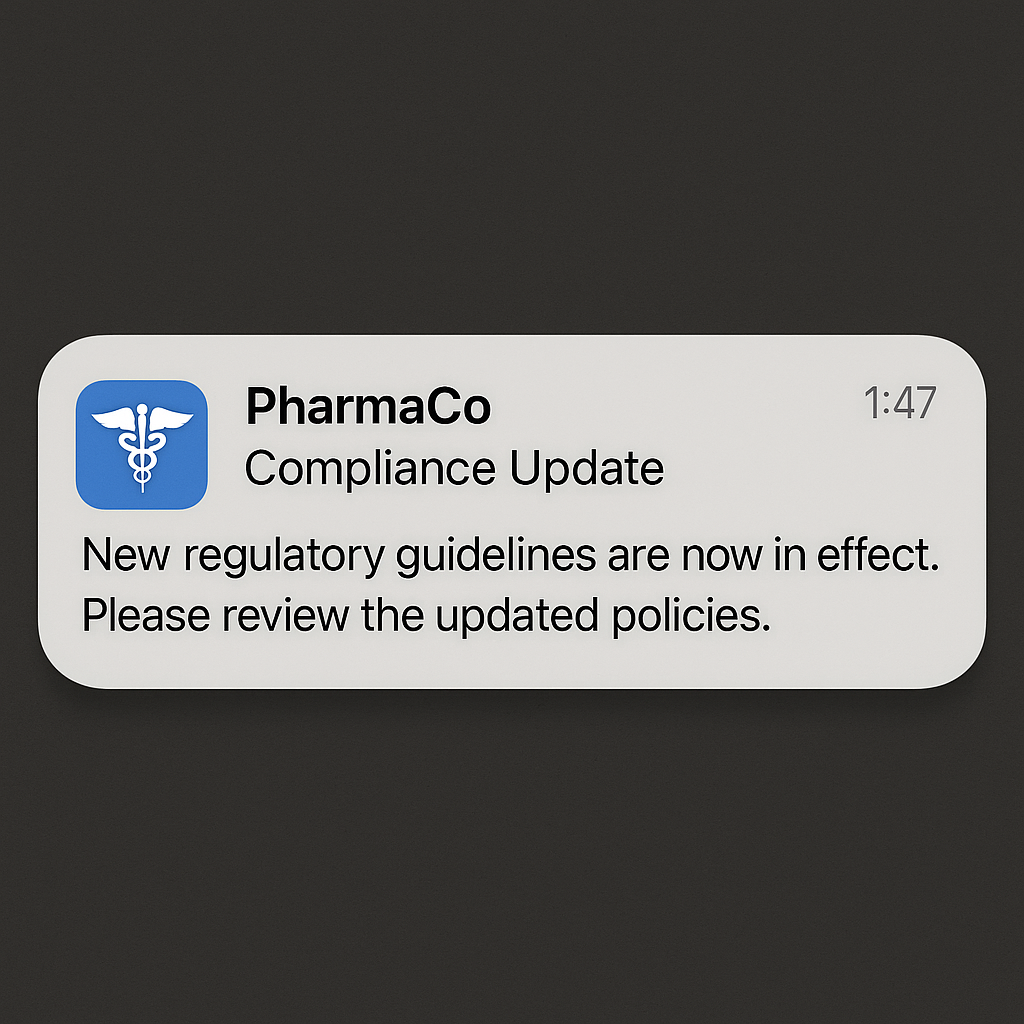
How? They build compliance into their process instead of treating it as a roadblock.
What This Looks Like in Practice:
- Content templates that are pre-approved for different use cases
- Automated compliance checking built into campaign creation
- Clear guidelines that empower teams to move fast within approved boundaries
- Technology platforms with built-in regulatory features
Challenge #2: Healthcare Professionals Are Impossible to Reach
“Doctors don’t have time for marketing messages.” “They’re too busy to engage with our content.” “They only trust information from other doctors.”
Sound familiar?
Here’s the reality: healthcare professionals are actually very engaged with marketing content. But only if it’s relevant, timely, and valuable.
The numbers tell the story:
- HCPs spend an average of 3.2 hours per week consuming medical information online
- 84% say they’re open to receiving information from pharmaceutical companies
- But 67% say most pharma marketing content isn’t relevant to their practice
The Real Problem: Most pharma marketing is created from the company’s perspective, not the healthcare professional’s perspective.
Your Solution: Start with the HCP’s needs, not your product features.
Ask yourself:
- What challenges are they facing right now?
- What information would help them make better decisions?
- When and how do they prefer to receive new information?
- What format is most useful for their workflow?
Challenge #3: Measuring ROI is Nearly Impossible
Pharma sales cycles are long. Really long. Sometimes it takes months or years between initial awareness and prescribing behavior change.
How do you measure the impact of a push notification sent in January when the prescription decision happens in September?
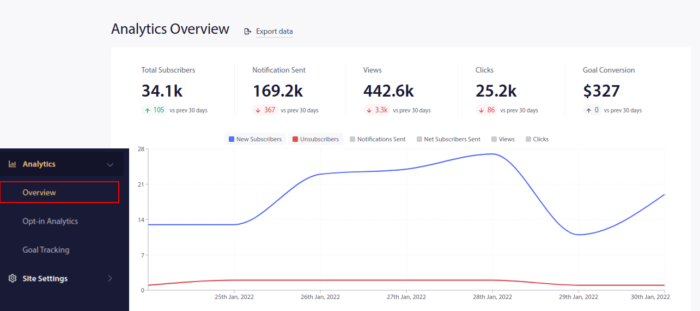
The Real Problem: Most companies are trying to measure multichannel marketing with single-channel metrics.
Your Solution: Focus on leading indicators and engagement quality, not just conversion metrics.
Better Metrics to Track:
- Knowledge retention and recall
- Engagement depth and frequency
- Content sharing and peer influence
- Time-to-awareness for new products
- Healthcare professional satisfaction and trust
Challenge #4: Technology Integration Nightmares
“We have five different platforms that don’t talk to each other.” “Our data is scattered across multiple systems.” “It takes three weeks to get approval for a simple email campaign.”
Technology should make your life easier, not harder. But many pharma companies have ended up with a patchwork of tools that create more problems than they solve.
The Real Problem: Most companies add new tools without thinking about integration and workflow.
Your Solution: Choose platforms that are designed to work together. Look for:
- Single sign-on across all tools
- Unified data and analytics
- Integrated compliance workflows
- APIs that connect with your existing systems
Challenge #5: Internal Resistance to Change
“We’ve always done it this way.”
“Digital marketing doesn’t work in our therapeutic area.”
“Our sales team won’t support this.”
Change is hard. Especially in conservative industries like pharmaceuticals.
The Real Problem: People resist change when they don’t understand the benefits or feel like they’re losing control.
Your Solution: Start small and prove value before scaling up.
A Smart Approach:
- Pick one therapeutic area or product for a pilot program
- Choose champions who are excited about trying new approaches
- Set clear, measurable goals for the pilot
- Share results and learnings with the broader organization
- Scale what works and adjust what doesn’t
Challenge #6: Budget Constraints and Resource Limitations
“We don’t have the budget for a big marketing technology investment.” “Our team is already stretched thin.” “We can’t hire more people right now.”
Sound familiar? You’re not alone. Most pharma marketing teams are being asked to do more with less.
The Real Problem: Companies think they need massive investments and teams to do multichannel marketing effectively.
Your Solution: Start with what you have and build incrementally.
A Practical Starting Point:
- Begin with email + push notifications + WhatsApp (low cost, high impact)
- Use automation to reduce manual work
- Focus on your highest-value healthcare professionals first
- Measure everything and optimize based on results
The Good News About All These Challenges
Here’s what’s encouraging: every single one of these challenges is solvable. And the companies that solve them first are seeing massive competitive advantages.
The key is approaching multichannel marketing strategically, not tactically.
- Instead of asking “What channels should we add?” ask “How can we better serve healthcare professionals and ultimately help more patients?”
- Instead of treating compliance as a barrier, build it into your foundation.
- Instead of trying to do everything at once, start with what matters most and build from there.
The rest of this guide will show you exactly how to do that. We’ll walk through what actually works, which technologies make sense, and how to implement everything without overwhelming your team.
Because here’s the thing: multichannel marketing in pharma isn’t just possible — it’s becoming essential. The companies that figure it out first will have a huge advantage over those that don’t.
What Actually Works: Essential Components
Okay, let’s get practical.
You’ve heard about the challenges. You understand why multichannel marketing matters. Now you want to know: what actually works in the real world?
We’ve analyzed hundreds of successful pharma multichannel campaigns. We’ve talked to marketing directors at companies big and small. And we’ve identified the components that show up in every successful strategy.
Here’s what actually moves the needle:
Component #1: Healthcare Professional-Centric Journey Mapping
This sounds fancy, but it’s actually pretty simple. Instead of starting with your product or your goals, start with the healthcare professional’s day.
Ask yourself:
- When does a cardiologist typically review new treatment options?
- What information does an oncologist need before considering a new therapy?
- How does a primary care physician prefer to learn about drug interactions?
- What triggers a specialist to change their prescribing behavior?
Here’s a real example: A diabetes medication company mapped out how endocrinologists make treatment decisions. They discovered that most doctors review patient cases on Tuesday mornings and Friday afternoons. So they timed their educational push notifications for Monday evenings and Thursday afternoons, giving doctors relevant information right before they needed it.
Result: 340% increase in content engagement and 67% faster time-to-first-prescription for new patients.
Component #2: Content That Actually Helps
Most multichannel marketing in pharma is product-focused. Features, benefits, and clinical trial results. All important, but not always what healthcare professionals need most.

The content that gets the best engagement:
- Practical clinical guidance and decision trees
- Patient case studies and real-world examples
- Comparative effectiveness research
- Safety and monitoring protocols
- Dosing and administration tips
What This Looks Like: Instead of “Our drug reduces HbA1c by 1.2%,” try “How to identify patients who will benefit most from SGLT-2 inhibitors: A practical guide.”
Instead of “FDA-approved for moderate to severe plaque psoriasis,” try “Managing psoriasis patients who haven’t responded to first-line therapy.”
The difference: One is about your product. The other is about solving the healthcare professional’s problem.
Component #3: Smart Timing and Frequency
Healthcare professionals are busy. Really busy. Timing matters more in pharma marketing than almost any other industry. What we’ve learned about timing:
- Monday mornings are terrible for non-urgent communications
- Tuesday-Thursday afternoons get the best engagement
- Friday afternoons work well for educational content they can review over the weekend
- Avoid major medical conference weeks
- Respect time zones and local holidays
What we’ve learned about frequency:
- Weekly educational content performs better than daily promotional content
- Monthly deep-dive content gets shared more than weekly surface-level content
- Triggered messages (based on behavior) outperform scheduled messages by 3:1
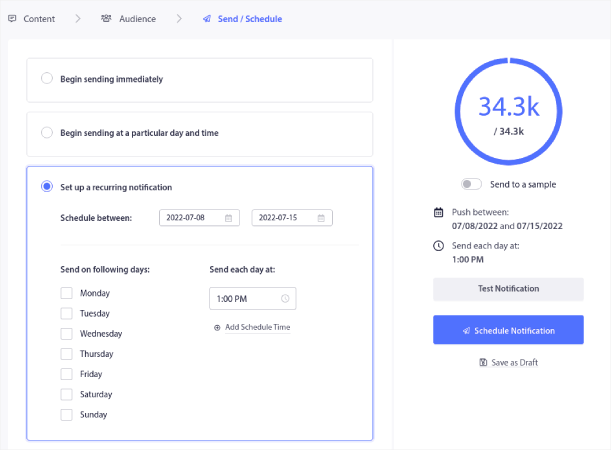
A Smart Frequency Strategy:
- Weekly: Educational content and industry updates
- Bi-weekly: Product-specific information and clinical data
- Monthly: In-depth guides and comprehensive resources
- Triggered: Personalized recommendations based on engagement
Component #4: Personalization That Goes Beyond “Hi [First Name]”
Real personalization in pharma marketing is about relevance, not just customization.
Effective personalization factors:
- Therapeutic area of focus
- Practice setting (hospital, clinic, private practice)
- Years of experience
- Previous engagement with your content
- Prescribing patterns and preferences
- Geographic location and local guidelines
Example of Smart Personalization: A rheumatology-focused company segments its audience by:
- Rheumatologists vs. primary care physicians
- Academic medical centers vs. community practices
- High-volume vs. low-volume prescribers
- Geographic regions with different treatment guidelines
Each segment gets different content, timing, and messaging — all automatically managed through their multichannel platform.
Component #5: Integrated Compliance Workflows
This is where most companies struggle. They treat compliance as a separate process instead of integrating it into their marketing workflow.
What integrated compliance looks like:
- Content templates that are pre-approved for different use cases
- Automated fair balance and safety information insertion
- Built-in approval workflows that don’t slow down campaign creation
- Audit trails that capture every change and approval
- Automatic archiving and retention management
The Business Impact: Companies with integrated compliance workflows launch campaigns 60% faster and have 90% fewer compliance issues.
Component #6: Multi-Touch Attribution and Analytics
Healthcare professionals don’t make decisions based on a single touchpoint. They need multiple exposures to information before changing behavior.
A typical journey might look like:
- Email about new clinical data
- Push notification about upcoming webinar
- Website visit to download detailed study
- Follow-up email with practical implementation guide
- SMS reminder about patient monitoring requirements
The key: Understanding how these touchpoints work together, not just measuring them individually.
Component #7: Continuous Optimization Based on Real Data
The best pharma marketers are constantly testing and improving. Not just A/B testing subject lines, but testing fundamental assumptions about their audience.

What to test:
- Message timing and frequency
- Content formats and lengths
- Channel combinations and sequences
- Personalization variables
- Call-to-action language and placement
How to test in pharma:
- Start with small segments to minimize risk
- Test one variable at a time
- Run tests long enough to account for longer decision cycles
- Focus on engagement quality, not just quantity
- Get input from medical affairs and compliance teams
Component #8: Technology That Actually Integrates
This is crucial. If your email platform doesn’t talk to your push notification system, you can’t create truly integrated experiences.
What to look for in a multichannel platform:
- Unified contact management across all channels
- Shared analytics and reporting
- Integrated compliance features
- API connections to your existing systems
- Automation capabilities that work across channels
Why PushEngage Works for Pharma:
- Built-in compliance features designed for regulated industries
- Unified platform for email, push, SMS, and web messaging
- Advanced segmentation and personalization capabilities
- Integration with major CRM and marketing automation platforms
- Analytics that show cross-channel attribution
Putting It All Together
Here’s the thing about these components: they work best when they work together.
You can’t just add personalization to a bad content strategy. You can’t fix poor timing with better technology. And you definitely can’t ignore compliance and hope for the best.
The companies seeing the biggest results are the ones that implement all these components systematically.
They start with understanding their healthcare professionals. They create content that actually helps. They use technology to deliver the right message at the right time through the right channel. And they continuously optimize based on real data.
Pick one component to focus on first. Maybe it’s journey mapping. Maybe it’s content strategy. Maybe it’s technology integration.
Start there. Get it right. Then add the next component.
Because here’s what we’ve learned: it’s better to do one thing really well than to do five things poorly.
Ready to dive deeper into the specific channels and tactics? Let’s talk about how to make each touchpoint count.
Need More Help With Multichannel Marketing in Pharma?
If you’re just starting to explore multichannel marketing in pharma, you should get started with setting up push notification campaigns.
PushEngage is the #1 customer engagement platform in the market. If you’re not sure where to start, you can sign up for the free version. If you’re looking to scale your business with powerful campaigns, though, you should go for one of the paid plans. Or, you can check out these amazing resources to get started:
- Push Notifications & Emails: How To Get The Most From Multichannel Marketing
- How To Add Web Push Notifications to Your WordPress Website
- What Are Push Notifications? A Simple Guide for Epic Results
- Push Notification Cost: Is It Really Free? (Pricing Analysis)
That’s all for this one.
